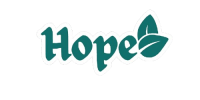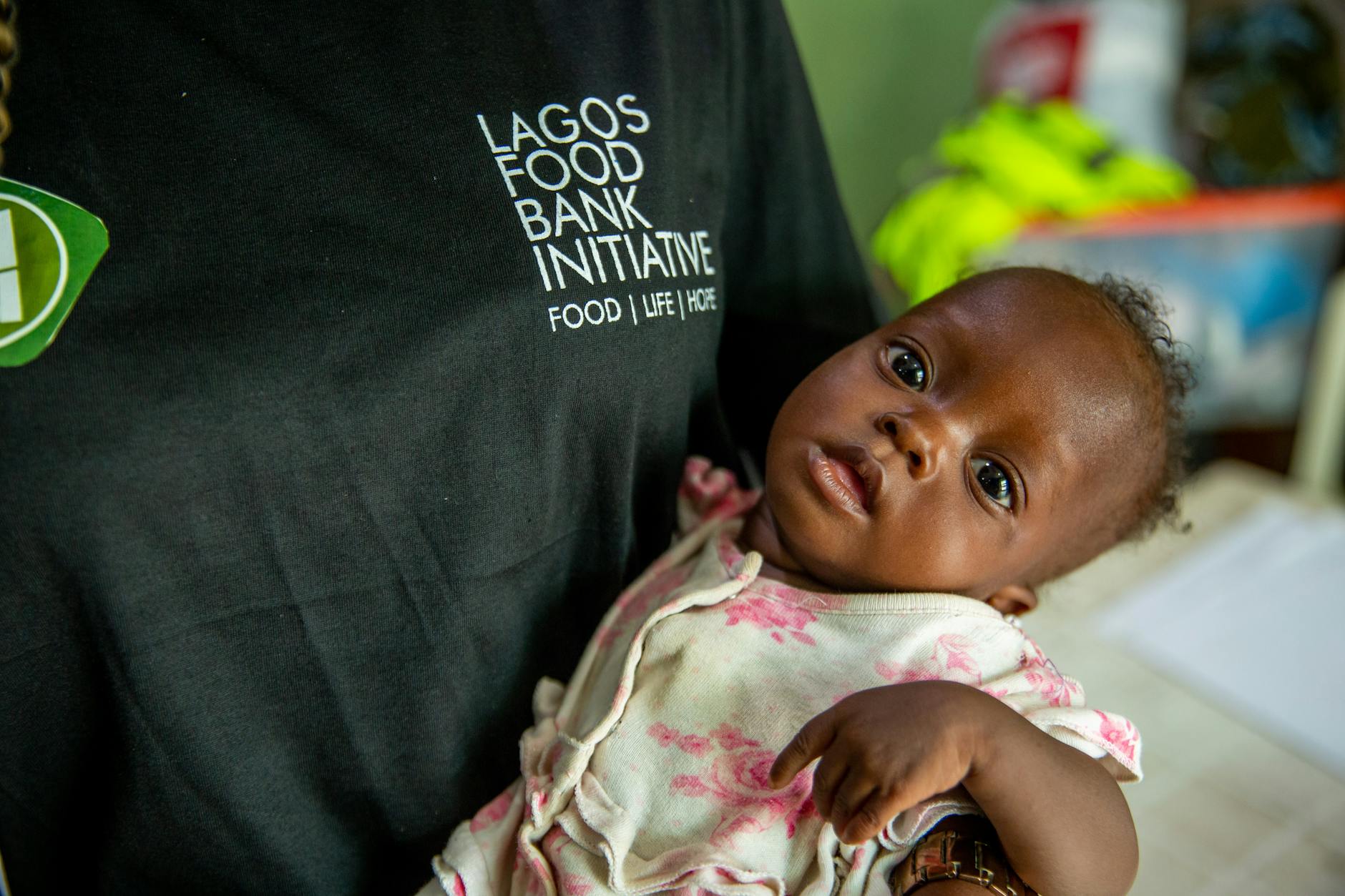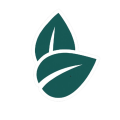If your baby was exposed to HIV during pregnancy, delivery, or breastfeeding, it is essential that they receive specialised care together with you, their mother, at a mother-baby care point. This care continues until the baby is 18 months old. The main goals are to prevent your baby from getting HIV, detect HIV early and start treatment if needed, and protect your baby from common childhood illnesses while supporting healthy growth.
If you are worried about your baby’s risk of HIV, you can get personalised advice and treatment from licensed doctors through Hope Plus to start care early and reduce complications.
Babies and mothers should visit the health facility at least nine times during this period. These visits are scheduled to align with the child’s immunisation timetable: at 6, 10, and 14 weeks, then at 5, 6, 9, 12, 15, and 18 months.
Nevirapine (NVP) Prophylaxis for Babies
Your baby will be given nevirapine (NVP) syrup to reduce the risk of HIV infection. Standard-risk babies receive NVP from birth for 6 weeks, while high-risk babies—those whose mothers started ART late, have high viral load, or were diagnosed with HIV during late pregnancy or breastfeeding—receive NVP for 12 weeks.
At 6 weeks (or at the first visit if your baby is older), a PCR test will be done to check for HIV. If the test is positive, your baby will start antiretroviral treatment (ART) and continue cotrimoxazole prophylaxis, with repeat testing for confirmation. If the test is negative and the baby has never breastfed, your baby is considered HIV-negative. Cotrimoxazole is stopped, but growth and health monitoring continue. If the test is negative but your baby is breastfeeding, cotrimoxazole continues until 6 weeks after stopping breastfeeding, with repeat PCR testing. Any baby showing symptoms suggestive of HIV at any time will be tested immediately, regardless of previous results. A final HIV test is done at 18 months before the baby is discharged from routine HIV-exposed care.
Nevirapine Dosages
For babies 0–6 weeks old weighing 2–2.5 kg, the dose is 10 mg once daily (1 ml syrup). Babies over 2.5 kg receive 15 mg once daily (1.5 ml syrup). From 6–12 weeks, the dose is 20 mg once daily (2 ml syrup).
Cotrimoxazole Prophylaxis
All HIV-exposed babies start cotrimoxazole from 6 weeks until proven HIV-negative. The dose is 120 mg daily for babies under 5 kg and 240 mg daily for babies 5–14.9 kg. Babies who become HIV-positive continue cotrimoxazole for life. If cotrimoxazole is not suitable, dapsone can be given at 2 mg/kg once daily (maximum 100 mg).
TB Preventive Treatment
If your baby was exposed to tuberculosis, isoniazid (INH) with pyridoxine is given for six months after ruling out active TB. The dose is 10 mg/kg of INH and 25 mg of pyridoxine daily. Newborns whose mothers have been on TB treatment for at least two weeks before delivery do not need INH prophylaxis.
Immunisation for HIV-Exposed Infants
HIV-exposed babies should follow Uganda’s national immunisation schedule. BCG vaccination is delayed if the baby has symptoms of HIV. Yellow fever vaccine is not given to symptomatic HIV-infected babies but can be given at 9 months for asymptomatic babies in endemic areas. Measles vaccine is safe and recommended even if the baby has HIV symptoms.
Infant Feeding Guidance
Choosing the safest feeding method is critical to protect your baby from HIV while ensuring proper nutrition. Exclusive breastfeeding for the first 3–6 months is recommended if replacement feeding is not safe or feasible. Complementary feeding begins after 6 months. Replacement feeding with formula or safe home-prepared options is advised if it is acceptable, feasible, safe, sustainable, and affordable.
Mothers who breastfeed should maintain breast health, as conditions like mastitis or cracked nipples can increase HIV transmission risk. Health workers will guide you on preparing formula safely, feeding schedules, hygiene, and amounts.
Follow-Up and Support
After birth, your baby should be seen within a week and then at every scheduled visit. At each visit, health workers will monitor growth and development, ensure vaccinations are up to date, assess for infections and start treatment if needed, and provide guidance on feeding choices.
A healthy mother is essential for a healthy baby. Staying on your own HIV treatment and attending all appointments protects both you and your child. If you have concerns or notice any symptoms in your baby, you can get personalised support and early treatment for your baby through Hope Plus.


